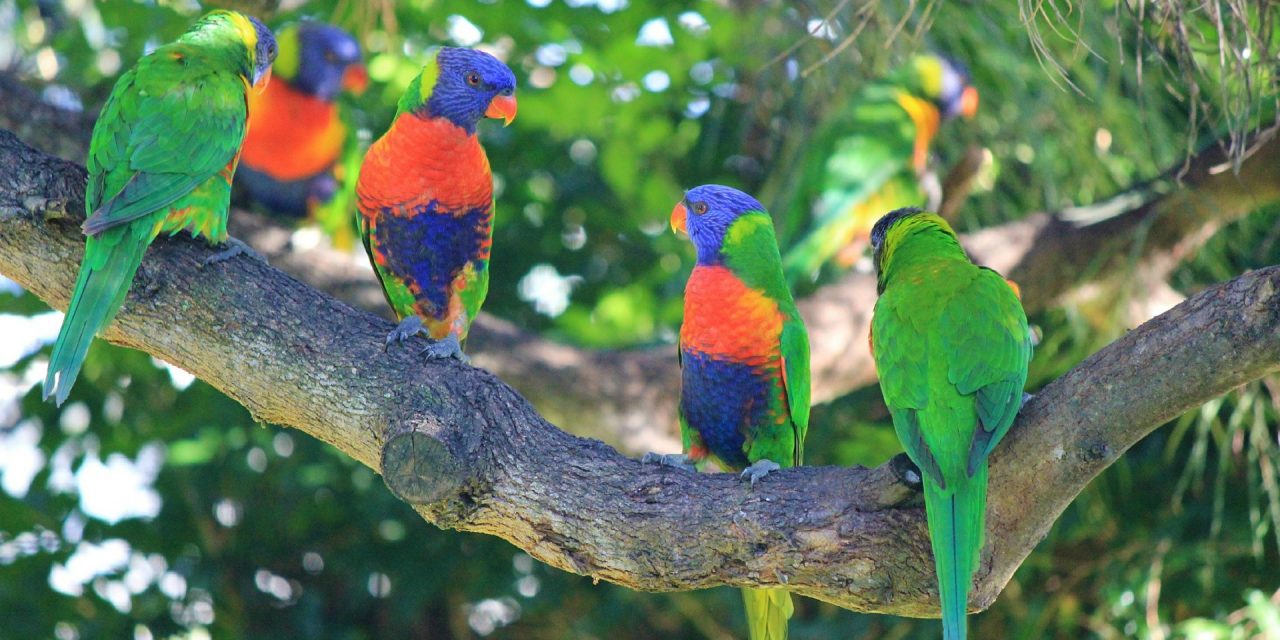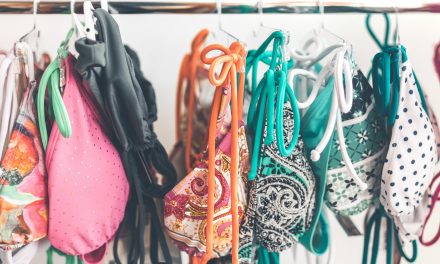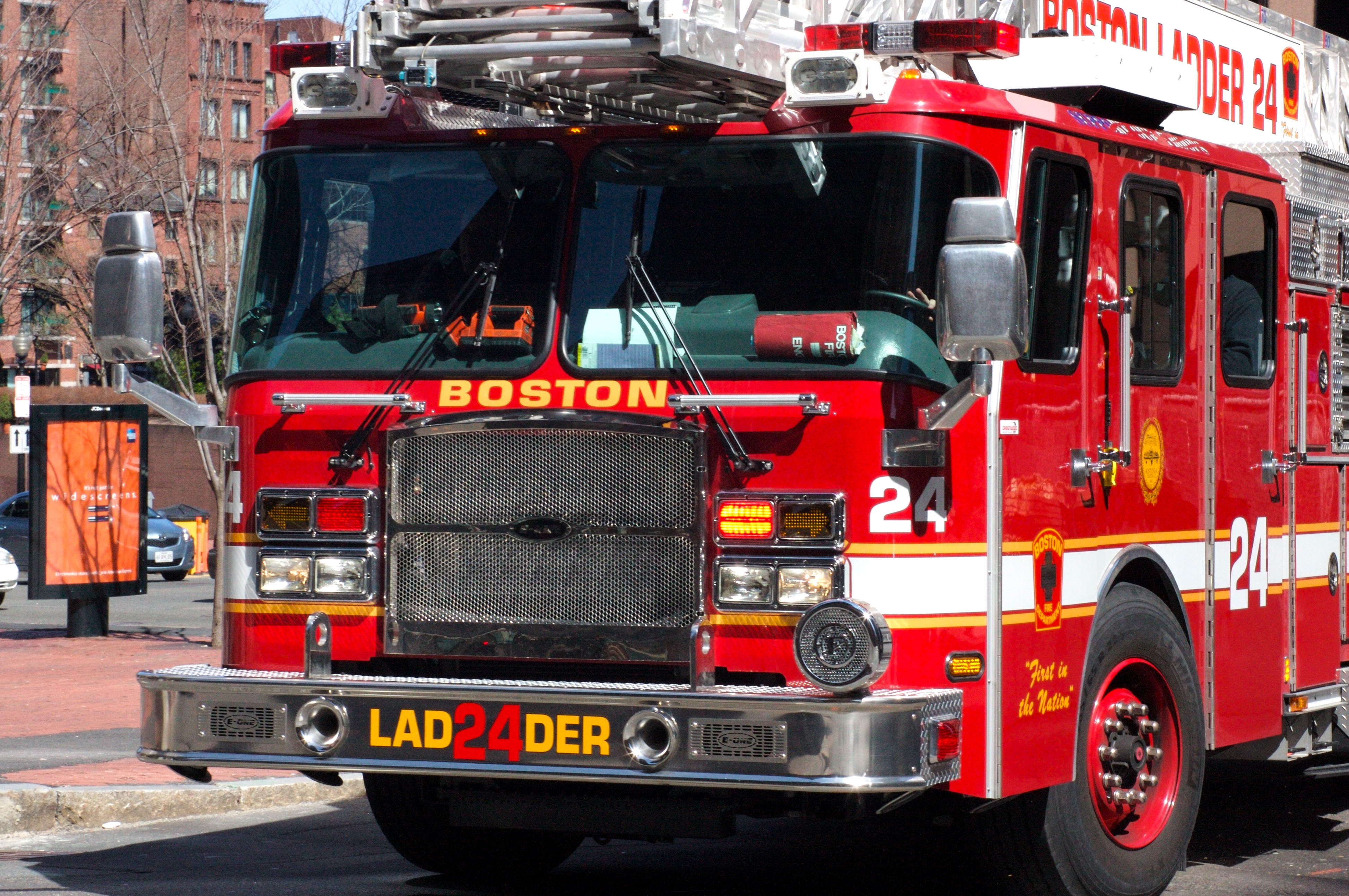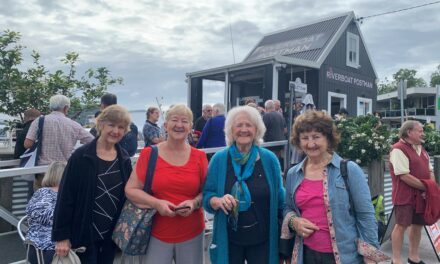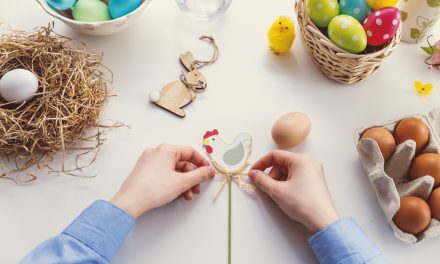Hanna Moore
From October 23-28 this year, the annual Aussie Bird Count took place for National Bird Week. In honour of the event, Ku-ring-gai Council held an informative talk fronted by Birdlife Australia expert Judy Christie.
As a part of the Birds in Backyards program, everyone has access to the AussieBirdCount app which can be used during National Bird Week to provide a standardised survey of the current habits of birds in Australia.
The Bird in Backyards program is a research, education and conservation program focusing on the birds that live where people live. So in the case of our local North Shore area, there are many types of birds that coexist in our urban environment.
According to Christie, in the urban area we have what are called ‘urban specialists.’ These include the Common Myna, the Spotted Dove and Rock Doves. These birds have adapted to prefer habitats with hard surfaces such as built structures for nesting and school yards and common house backyards with food scraps available.
In Ku-ring-gai last year, 337 people saw 107 different bird species. Further, the three most common types of birds seen in the Ku-ring-gai area in 2016 were the Rainbow Lorikeet, the Noisy Miner and the Sulphur-crested Cockatoo. Their popularity could be largely due to their broad diets and adaptability to a variety of habitats.
Despite the fact that these birds may have broad diets, it is important to be mindful of our impact on their ecosystem balance if we were to feed birds by hand regularly. According to Christie, bird-feeding is a personal choice and connecting with birds is one of the best ways to be in touch with our natural environment. However, “We do need to be mindful that we might be creating a bit of an imbalance when we feed birds by hand,” said Christie.
Beyond this however, getting to know your ‘locals’ and their habits is a great way to be in-touch with nature and ensure a greater enthusiasm for maintaining urban biodiversity in the future.
In Christie’s words, “birds bring joy,” so remember to stay involved in monitoring how these magnificent species coexist in the urban environment beyond National Bird Week. Head out to your own backyard and start taking note of what you see, and remember, different seasons bring different birds to Sydney, so there’s always something new to see.

